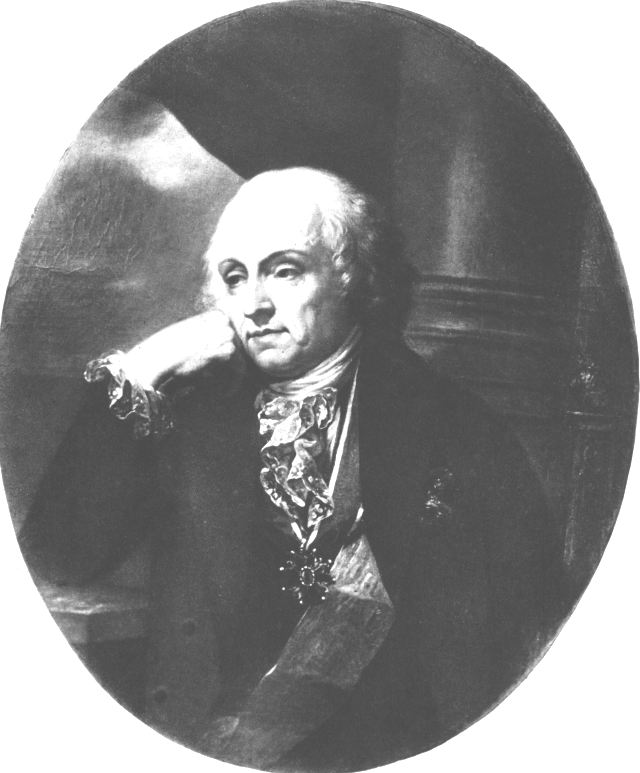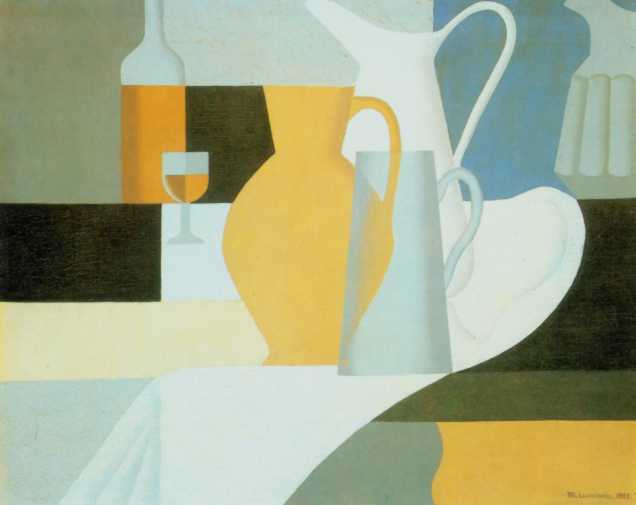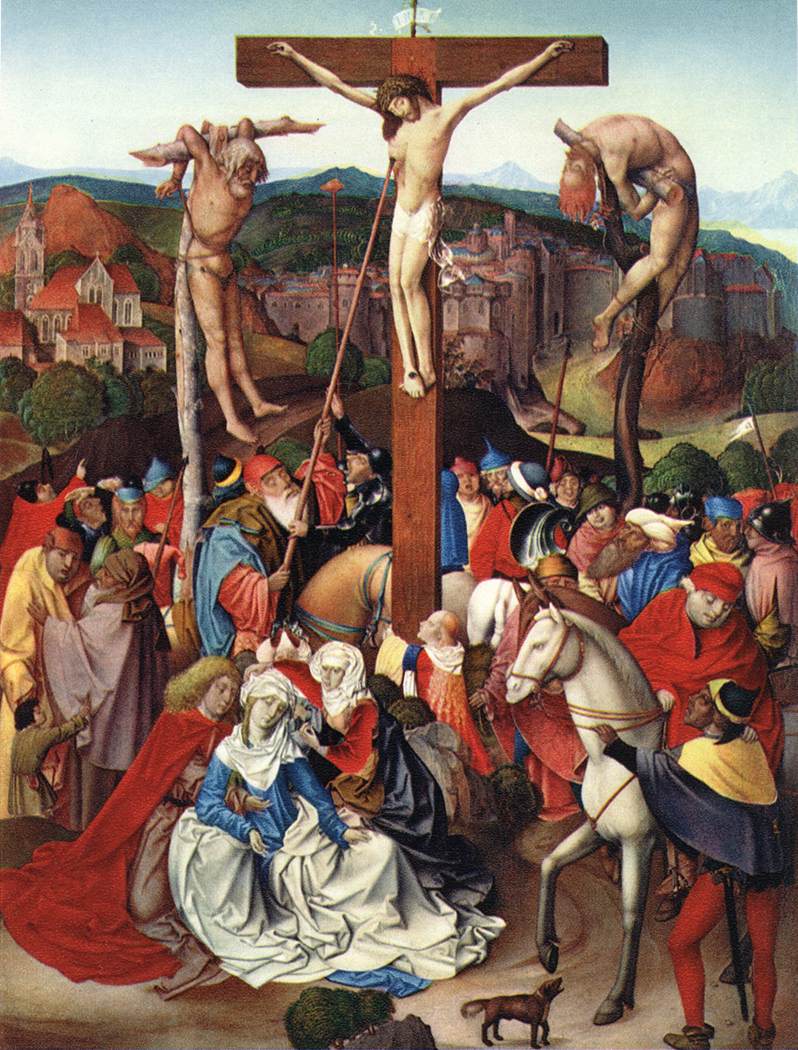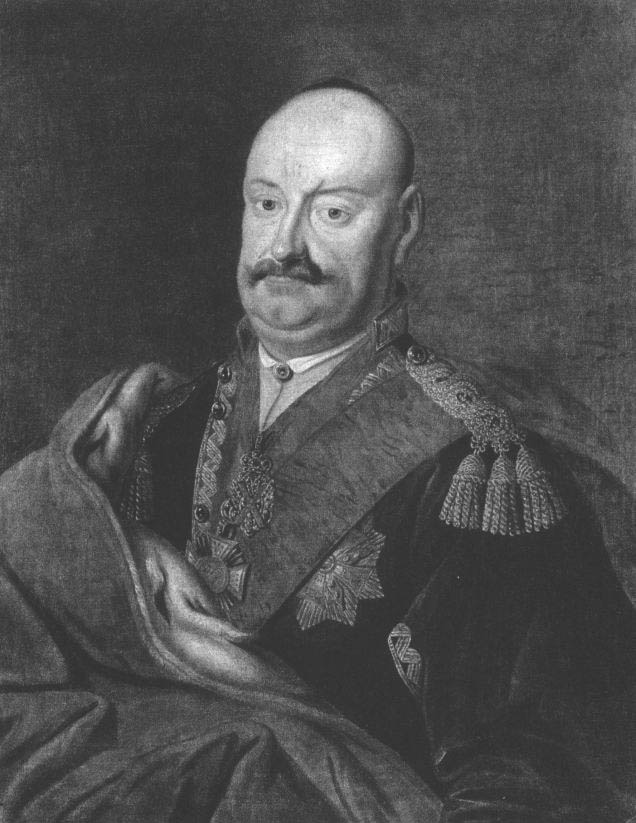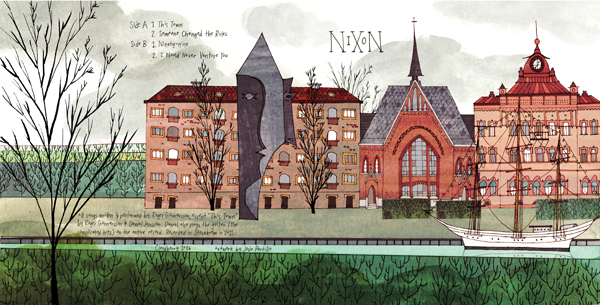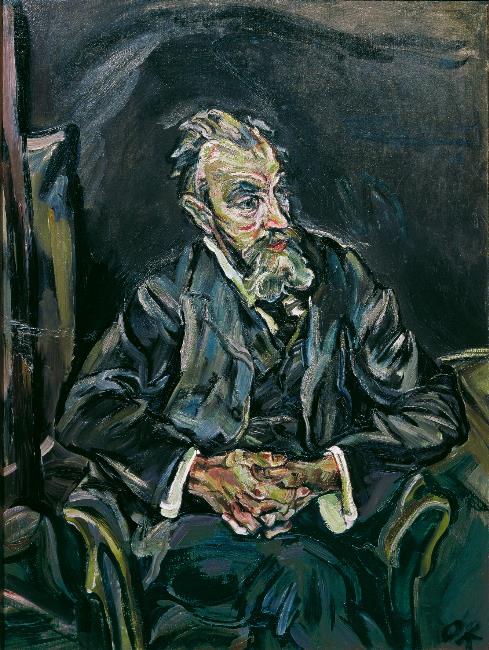
Oskar Kokoschka and others – Vienna – Belweder
Works by Oskar Kokoschka (1886-1980) gathered in the permanent exhibition in the last two rooms come mainly from the first ten years of their stay in Vienna, creative and fertile years. After 1915 r. Kokoschka rarely came back here, usually living with the mother. Her portrait, from which a filial attachment emanates, it hangs in the first room. Kokoschka's portraits are radically different from those of Schiele. Kokoschka argued, that “the person is not still life”, so he made his models move and talk, so that there is as much life as possible in the pictures. Among the works hanging in this room is a portrait of the painter, Carla Molla, Alma Mahler's stepfather, widows of the composer. Kokoschka had a short with her, but passionate romance. Moll committed suicide with his daughter, Maria, and son-in-law. It happened in 1945 r., after Soviet soldiers entered Vienna.
In the last room there are, among others,. Still life with mutton painted by Kokoscha in the collector's kitchen, Dr. Oskar Reichel, who commissioned the artist's portrait of his son. There are several works by other painters in the same room, m.in. characteristic, Emil Nolde's eye-catching work with dark colors and tension, Cubist painting by Fernand Léger, and the atmospheric Klingier Quartet by Max Oppenheimer.
Historicism, realism, impressionism
In the seven rooms of the west wing of the palace, on the opposite side of the Marble Hall, a collection of works of art from the turn of the century is located. In the first room, the controversial gargantuan Court of Paris by Max Klinger stands out, where the goddess appears in bold negligee before Paris. Two competitors await their turn backstage. Giovanni Segantini's bad mothers is a propaganda image, anti-abortion, donated from the Secession Pavilion in 1903 r. Other works also deal with the female theme, np. Eve Augusta Rodina and the Victorious Venus of Augusta Renoir. In the next two rooms, a large number of later works by French Impressionists are collected, m.in. Eduarda Maneta, Claude Monet and Camille Corot.
The Austrian is one of the less known and undoubtedly less recognized artists, Hans Makart (1840-84), who, apart from painting, did many other things. It was a figure from great company, no wonder then, that the room dedicated to him is decorated with magnificent furniture, similar to these, which stood in his studio. On one wall hangs a huge painting of Bacchus and Ariadne, depicting a triumphant orgy of naked bodies. Opposite there are long vertical coffers titled. Five senses. These images are a good illustration of Makart's typical passion for sensual nudity.
Further Makart's works can be seen in the adjacent room, and also by Anton Romako (1832-89), rumored about death, that it was supposed to be a suicide, probably due to underestimation by the recipients. Have to admit, that it is difficult to compare Makart's studied commercial works with the psychological portraits of Romaka based on accurate insights, but less popular. It is worth looking at the portrait of Empress Elizabeth, which deviates from the traditional style of portraying. Romako used gray ones, sad colors, and the arrangement of Sisi's body reveals her attitude towards the world – shyness, closure in oneself, fear. In the most distant room hangs Romaka's most famous work, Tegethoff during the Naval Battle of Lissa. This image also reveals the creator's unconventional approach to the subject: there is no trace of heroism in it, and the crew's faces show fear and dread of the coming fate.


